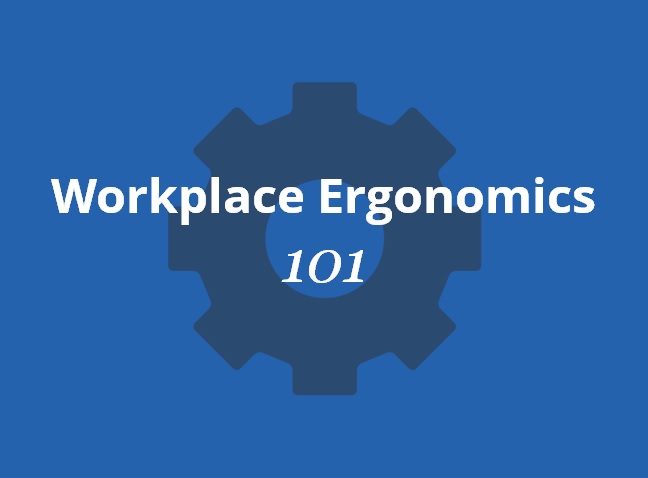Editor’s note: This post is an excerpt from our latest eBook, The 5 Essential Pillars of MSD Prevention. This is Pillar 1 – An Ergonomics Improvement Process.
Implementing a systematic ergonomic improvement process is part of your company’s commitment to building a culture of excellence in workplace health and safety.
It can also be a competitive advantage for your business. The benefits of sound ergonomics are clear. Done well, an ergonomics improvement process will cost effectively reduce injury risk and make gains in productivity and worker morale possible — a double win.
The Ergonomics Improvement Process
An effective ergonomics improvement process requires a systematic approach for conducting ergonomic risk assessments for every job in the workplace.
The first step in this process is to develop a prioritized list of departments and jobs to evaluate. This should be based on:
- An initial facility tour and general ergonomic walk-through audit.
- A review of injury and MSD history.
- Data and information collected from employee surveys.
Once you have a prioritized list, the next step is to conduct the assessments using the appropriate ergonomic assessment tool. Here are a few of your available options:
- The NIOSH Lifting Equation
- The NIOSH Short Form
- Rapid Entire Body Assessment (REBA)
- Rapid Upper Limb Assessment (RULA)
- Liberty Mutual (Snook) Tables
Once you have conducted ergonomic risk assessments for each job in the workplace, you will (most likely) have a long list of improvement opportunities.
Solutions and Control Measures
These opportunities should be reviewed by a multidisciplinary ergonomics team and employees involved in the work process to decide on the best available solutions and put control measures in place:
Engineering Controls: Engineering solutions are the preferred method of controlling ergonomic risk factors. Engineering controls seek to enhance the physical aspects of the workplace such as workstations, tools, and equipment design or redesign. The focus is to design the job to fit the person, rather than forcing the person to fit the job.
Administrative Controls: Administrative solutions should be considered when cost or practicalities of engineering controls are prohibitive. Administrative controls consider adjustments in company procedures to minimize exposure to risk factors. Examples of administrative controls include job rotation, job enlargement, modified rest breaks, providing additional employees to perform high risk tasks, and work conditioning for new and returning employees.
Work Practice Controls: Work practice solutions address the methods used to perform job tasks when risk factors are related to the methods selected by employees to perform physical work activities. Best practice work methods should be identified for all jobs tasks, and training of managers, supervisors and employees should insure that proper methods are understood and being utilized.
Ergonomic Improvement Example
A department employee survey and subsequent ergonomic evaluation revealed a high risk “problem job” and ergonomic improvement opportunity for a press operator job (pictures below) at an automobile parts manufacturing facility:

The Ergonomics Team used the employee survey and injury records described above to justify the costs associated with recommended engineering controls for this task. Recommendations included purchasing 10 drop-side containers to be used internally between operations, along with two hydraulic lift tables to optimize the height of the containers at the press. This eliminated side bending of the lower back and allowed the employees to place and slide the parts, eliminating MSD risk and improving productivity at the same time. The total cost of this project was $13,500. The estimated net benefits for injury cost savings and productivity gains at just one year were calculated at nearly $60,000, easily justifying the capital cost of these improvements.
This ergonomic improvement reduced fatigue and risk of injury for employees, with greater productivity and lower costs for the company… I love it when a “win-win” plan comes together!
Action step
Develop a prioritized list of departments and jobs for ergonomic risk assessments. This should be based on past MSD and injury data, an ergonomic walk-through audit and information collected from employee surveys.
Resources
Download these resources we’ve made available on our website to help you (no charge).
- Step by Step Guides to our Recommended Ergonomic Assessment Tools
- Ergonomic Improvement Process Flowchart
- Employee Ergonomics Survey
Grab the eBook
Grab the full version of the eBook for more – each pillar contains an example, action step and more resources to help get you started.
